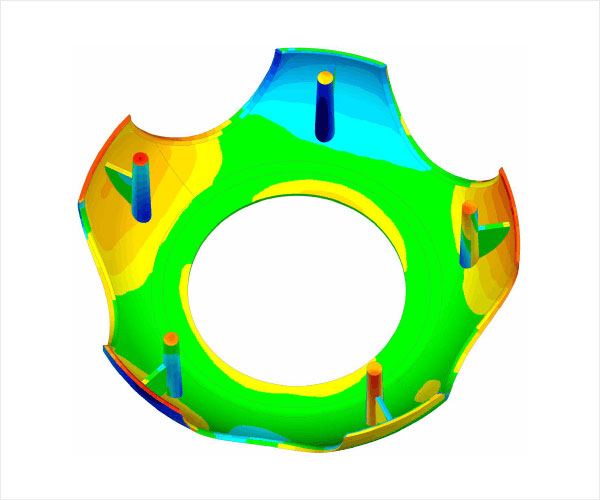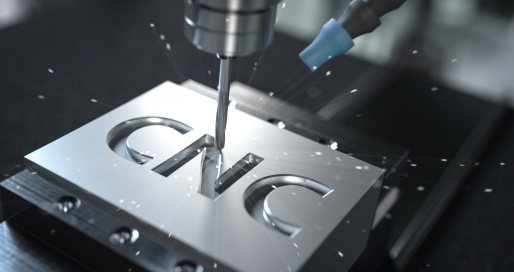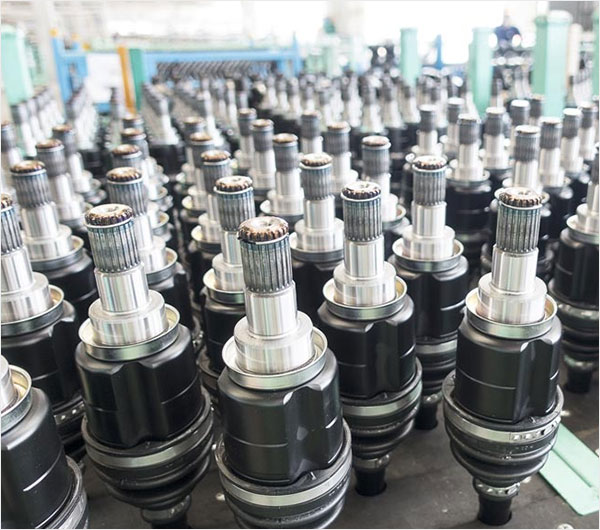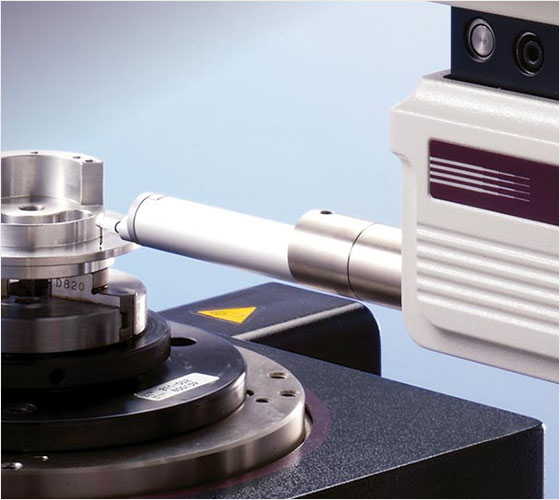CNC machines, or Computer Numerical Control machines, play a pivotal role in modern manufacturing. These marvels of technology transform digital designs into precise physical objects. They streamline production, enhance accuracy, and boost efficiency in various industries. One common question is, “Can a CNC machine cut metal?” Yes! These versatile machines excel at cutting various metals, including steel, aluminum, and brass. They do this with remarkable precision and speed, making them indispensable in fields like aerospace, automotive, and even intricate jewelry making. The ability to cut metal expands the CNC machine’s utility, proving its significance in today’s manufacturing landscape.
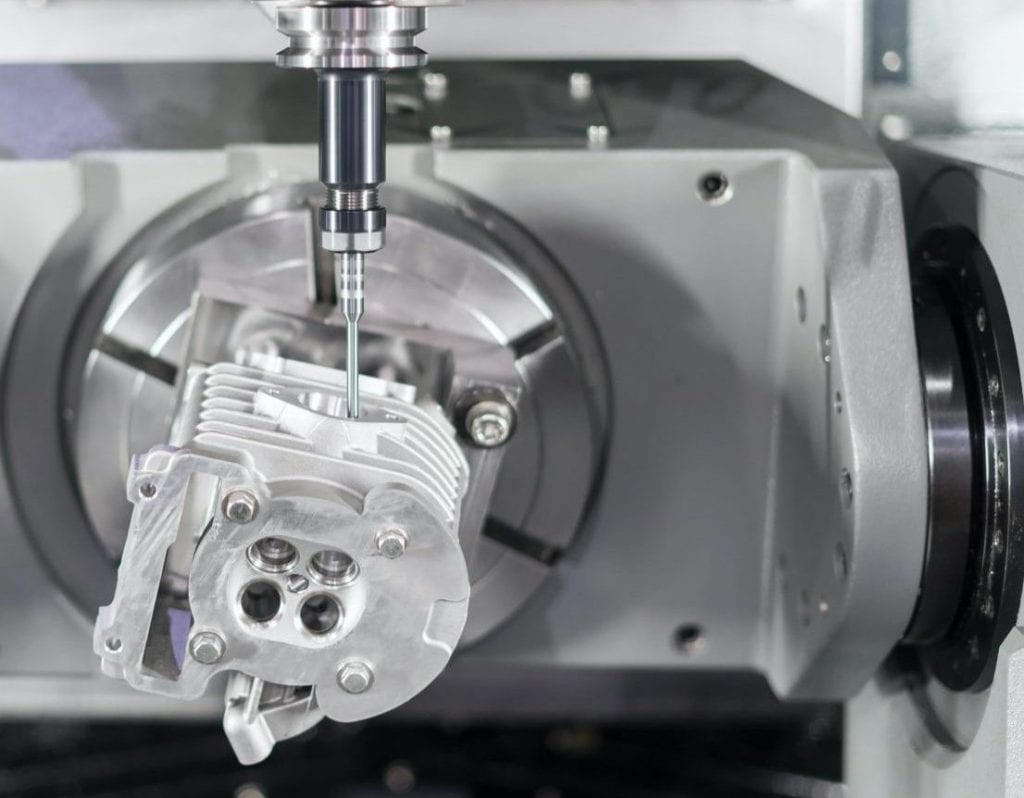
What is CNC machine and how does it work?
CNC machines, or Computer Numerical Control machines, are a modern marvel in manufacturing. They work by translating a digital design into precise physical actions. Imagine a sculptor who carves a beautiful statue. Now, think of a CNC machine as a robotic sculptor. It follows detailed instructions from a computer program to shape materials. The program tells the machine where to move, how fast, and what path to follow.
The heart of a CNC machine is its computer system. This system uses CAD (Computer-Aided Design) files to understand the design. Then, it turns these designs into a set of precise instructions. These instructions are in G-code, a special language that CNC machines understand. It’s like giving the machine a map to follow.
The machine has various tools, like drills and cutters. It moves these tools in different directions. This movement is along three or more axes (X, Y, and Z). This allows the machine to cut, drill, or shape the material in 3D space. It’s amazing how accurately and quickly the machine works, often doing in minutes what might take hours by hand.
Materials like metal, wood, plastic, and even glass are suitable for CNC machining. This flexibility makes CNC machines very popular in different industries. From aerospace to toys, they are everywhere.
CNC Metal Cutting—Is it Possible?
Yes, CNC metal cutting is not only possible but also highly efficient and precise. These machines excel at cutting various metals, including aluminum, steel, and brass. They use specialized tools like end mills or cutters, smoothly carving through metal to shape parts. This process is popular in industries for its accuracy and speed. With CNC, creating complex metal components becomes much easier and faster. It’s perfect for tasks needing detailed, repetitive cuts.
How to Cut Metal on CNC?
Cutting metal on a CNC machine involves several key steps, ensuring precision and safety. Here’s a detailed guide:
Choose the Right Tool: The first step is selecting the right cutting tool. Different metals require different tools. For example, a high-speed steel (HSS) end mill works well for softer metals, while carbide tools are better for harder metals.
Secure the Material: Properly securing the metal piece is crucial. You can use clamps or a vise to hold the metal firmly in place. This prevents movement during cutting, ensuring accuracy and safety.
Set the Cutting Parameters: Before starting, set the correct cutting parameters. This includes the feed rate, cutting speed, and depth of cut. These parameters depend on the type of metal and the tool you’re using.
Use the Right Coolant: Metal cutting generates heat. Using a coolant helps reduce this heat, protecting both the tool and the metal. The right coolant also improves the cutting quality and prolongs tool life.
Program the CNC Machine: Input the design into the CNC machine using CAD (Computer-Aided Design) software. Convert this design into G-code, the language that CNC machines understand.
Double-Check Everything: Before starting, double-check the setup. Ensure the tool is secure, the metal is firmly in place, and the program is correct.
Start with a Test Run: If possible, do a test run on a scrap piece of metal. This lets you verify if the settings and program work correctly without risking the actual workpiece.
Begin the Cutting Process: Once everything is set, start the cutting process. Monitor the machine to make sure it follows the desired path and the cutting is smooth.
Keep an Eye on Tool Wear: Metal cutting can wear down tools. Regularly check the tool for signs of wear and replace it if necessary. This ensures consistent cutting quality.
Clean Up After Cutting: After the cutting is complete, clean the machine and work area. Remove any metal shavings and coolant residues. This helps maintain the machine and ensures a safe work environment.
Inspect the Finished Piece: Finally, inspect the finished metal piece. Check if it matches the design specifications and has a smooth finish.
By following these steps, you can efficiently and safely cut metal on a CNC machine.
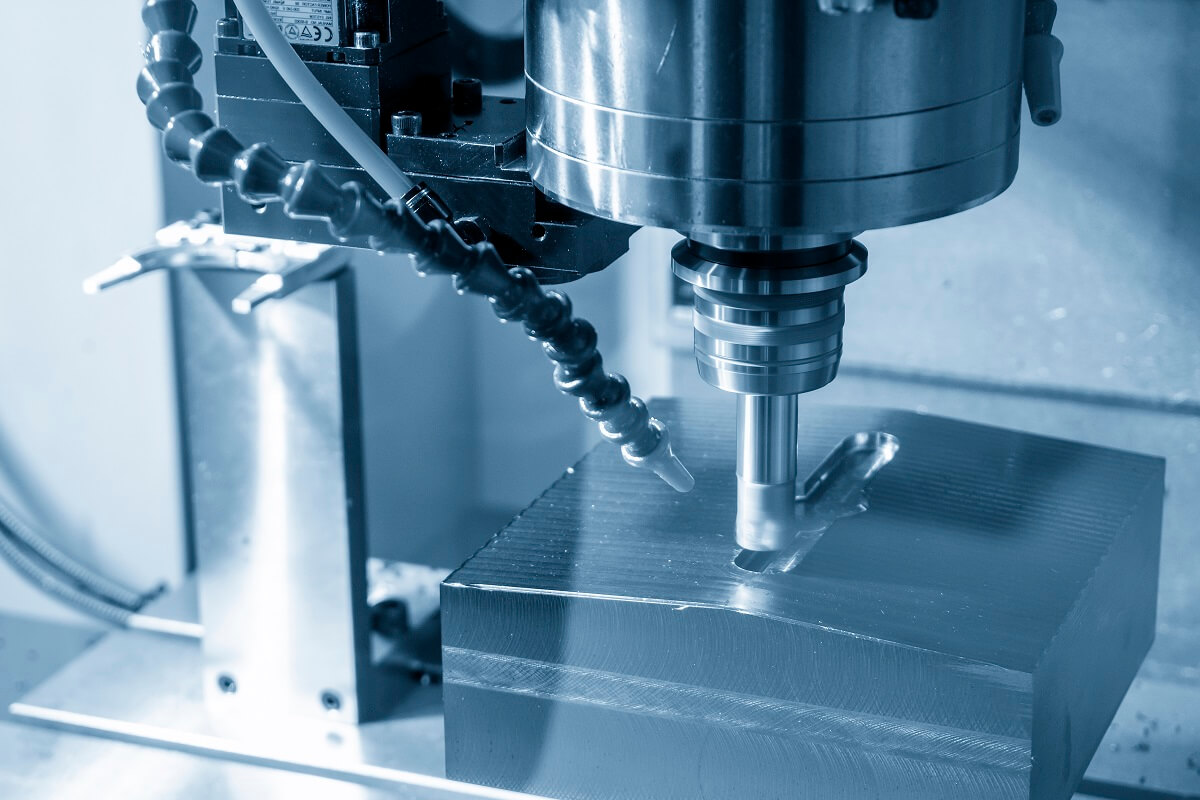
Things to Consider When Buying a CNC Machine for Metal Cutting
When you’re in the market for a CNC machine for metal cutting, it’s essential to make an informed decision. Here are six key points to consider, to ensure you choose the right machine for your needs:
Type of CNC Machine
Different types of CNC machines cater to various cutting needs. For metal cutting, popular options include milling machines, lathes, and routers. Milling machines are great for complex shapes and detailed work. Lathes excel in producing symmetrical, cylindrical parts. Routers, although less common for metal, can still be useful for softer metals and finer work. Your choice should align with the specific metal cutting tasks you have in mind.
Materials and Thickness
Consider the types of metals and their thicknesses you’ll be working with. Different CNC machines have varying capacities for handling different metals and material thicknesses. For instance, cutting thick steel requires a more robust machine with a higher power, compared to cutting thin aluminum sheets. Ensure the machine you choose can handle the range of materials and thicknesses you plan to work with.
Precision and Speed
The accuracy and speed of the CNC machine are vital factors. Higher precision is crucial for detailed and intricate designs. Speed is important for efficiency, especially in a production setting. However, remember that higher speed can sometimes compromise precision. Find a balance based on your specific needs, whether it’s high-precision work or high-volume production.
Size and Work Area
The size of the CNC machine and its work area directly impact what you can produce. A larger work area allows for bigger projects, but it also means the machine will take up more space. Consider the space you have available and the size of the projects you plan to undertake. Ensure the machine’s physical dimensions and work area fit your workshop and your project requirements.
Software Compatibility
The software that runs the CNC machine is as important as the machine itself. Check the compatibility and ease of use of the software. Some machines come with proprietary software, while others might be compatible with popular CAD/CAM software. The right software should be user-friendly and capable of translating your designs into precise cutting instructions.
Budget and After-Sale Support
Finally, consider your budget and the after-sale support offered. CNC machines can be a significant investment, so it’s important to choose one that offers good value for money. Look for machines with solid warranties and reliable customer support. After-sale support is crucial for maintenance, repairs, and troubleshooting, which are important for the longevity and effective operation of your machine.
When buying a CNC machine for metal cutting, carefully evaluate the type of machine, the materials and thickness it can handle, its precision and speed, the size and work area, software compatibility, and your budget along with the after-sale support. A well-considered choice will not only enhance your metalworking capabilities but also ensure a good return on your investment in the long term.



